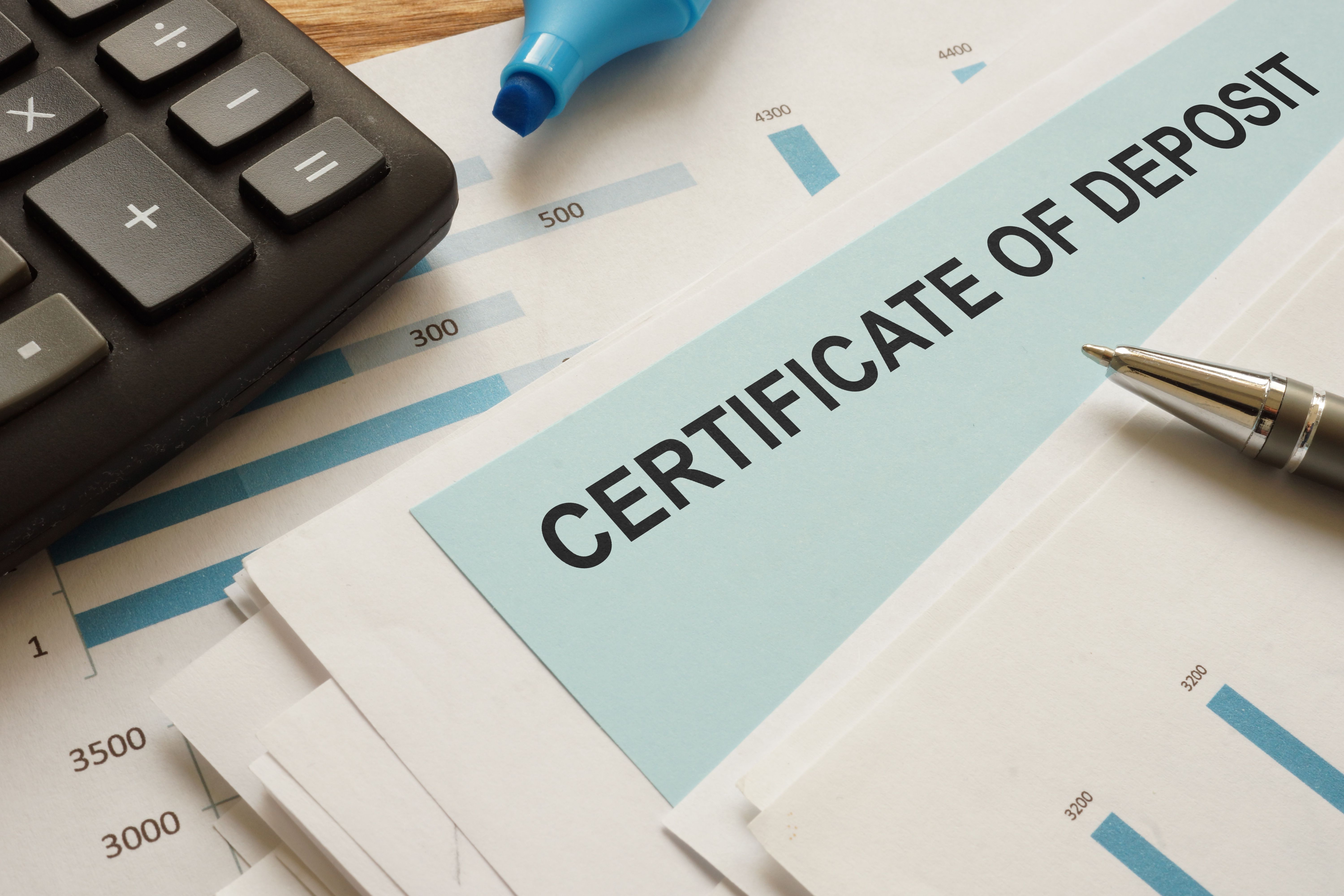Maximizing Savings with Certificates of Deposit (CDs)
Understanding Certificates of Deposit (CDs)
Certificates of Deposit, commonly referred to as CDs, are a popular savings tool among individuals looking to earn a higher interest rate than a standard savings account. Offered by banks and credit unions, CDs require you to deposit a fixed amount of money for a specific term, with the promise of a predetermined interest rate.

One of the key benefits of CDs is their **predictability**. Unlike other investment options that may fluctuate with market conditions, CDs offer a fixed rate of return. This makes them an attractive option for those who prefer a low-risk investment strategy.
Types of CDs
There are several types of CDs available to cater to different financial needs and goals. Understanding these can help you choose the right one for your situation. Here are some common types:
- Traditional CD: A standard CD with a fixed term and interest rate.
- Bump-Up CD: Allows you to increase your interest rate once during the term if rates rise.
- Liquid CD: Offers flexibility with withdrawals without penalties, often at a lower interest rate.
- Jumbo CD: Requires a larger initial deposit but usually offers higher interest rates.
Each type has its own advantages and is suited for different savings strategies. Evaluating your financial goals can help in selecting the most appropriate CD type.
Maximizing Returns with CD Laddering
One effective strategy to **maximize savings** with CDs is through a technique known as CD laddering. This involves dividing your investment into several CDs with staggered maturity dates. As each CD matures, you reinvest the principal into a new long-term CD, while utilizing the interest or keeping it for short-term needs.

This approach allows you to take advantage of higher interest rates associated with long-term CDs while maintaining some liquidity by having CDs mature at regular intervals. CD laddering can also protect against the risk of rising interest rates over time, as you are regularly reinvesting at potentially higher rates.
Factors to Consider Before Investing in CDs
Before investing in CDs, it's important to consider several factors to ensure they align with your financial objectives. These factors include:
- Interest Rates: Compare rates from different institutions to find the best offer.
- Term Length: Consider how long you can commit your funds without needing access.
- Penalties: Be aware of early withdrawal penalties that could diminish your returns.

Additionally, it's beneficial to assess whether current economic conditions might influence interest rates in the near future. This analysis will help in deciding the right time to invest in CDs and selecting the optimal term length.
The Role of CDs in a Diversified Portfolio
CDs can play an integral role in a diversified investment portfolio. Their **low-risk nature** makes them an excellent choice for balancing riskier assets like stocks and bonds. Furthermore, as part of a diversified strategy, CDs provide stability and predictable returns, which can be particularly reassuring during market volatility.
By incorporating CDs into your financial plan, you can ensure that you have a portion of your savings protected from market fluctuations while still earning a modest return. This balance is crucial for long-term financial health and achieving your savings goals.
Conclusion
Maximizing savings with Certificates of Deposit involves understanding their structure, selecting the right type, and implementing strategies like CD laddering. By considering factors such as interest rates, term lengths, and penalties, you can effectively integrate CDs into your broader financial plan. Remember, while CDs offer security and predictability, they should complement other investments for a well-rounded portfolio.
